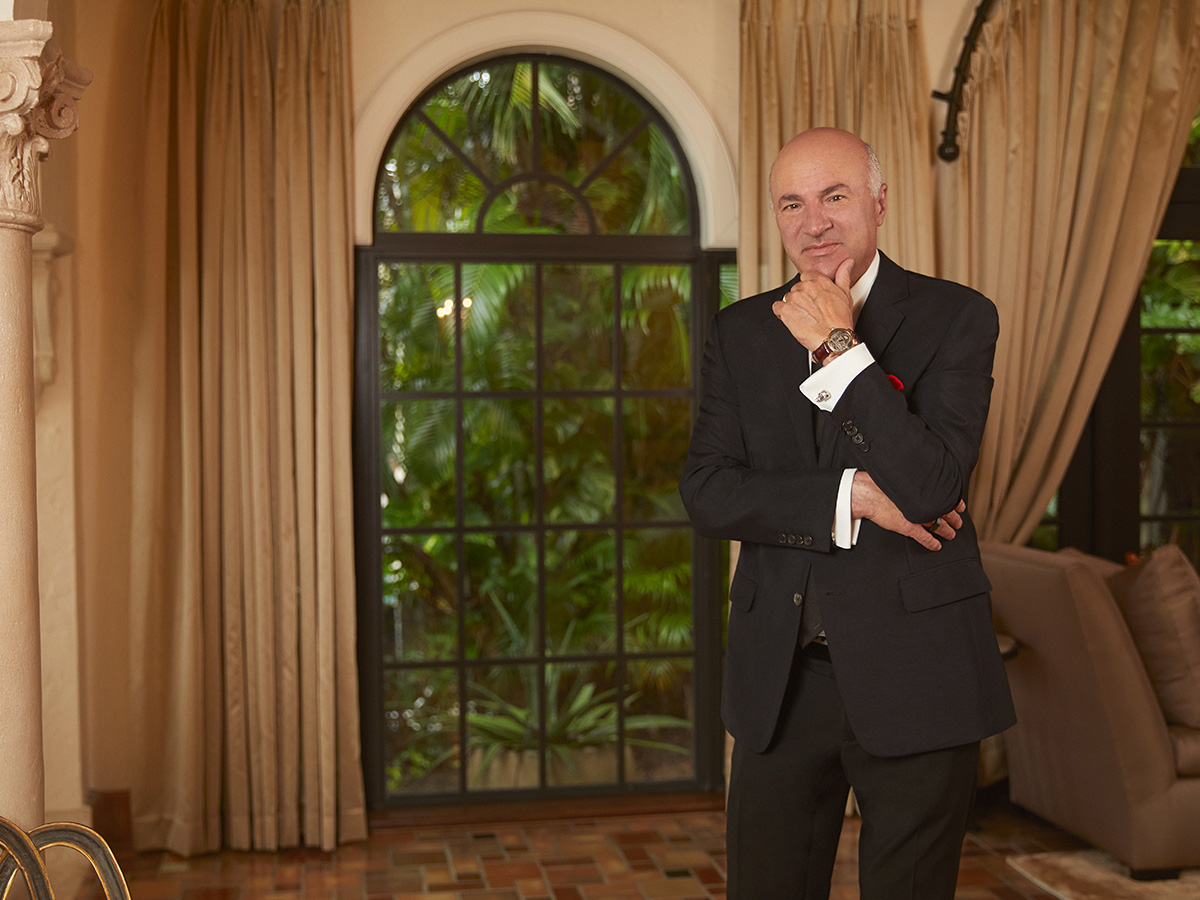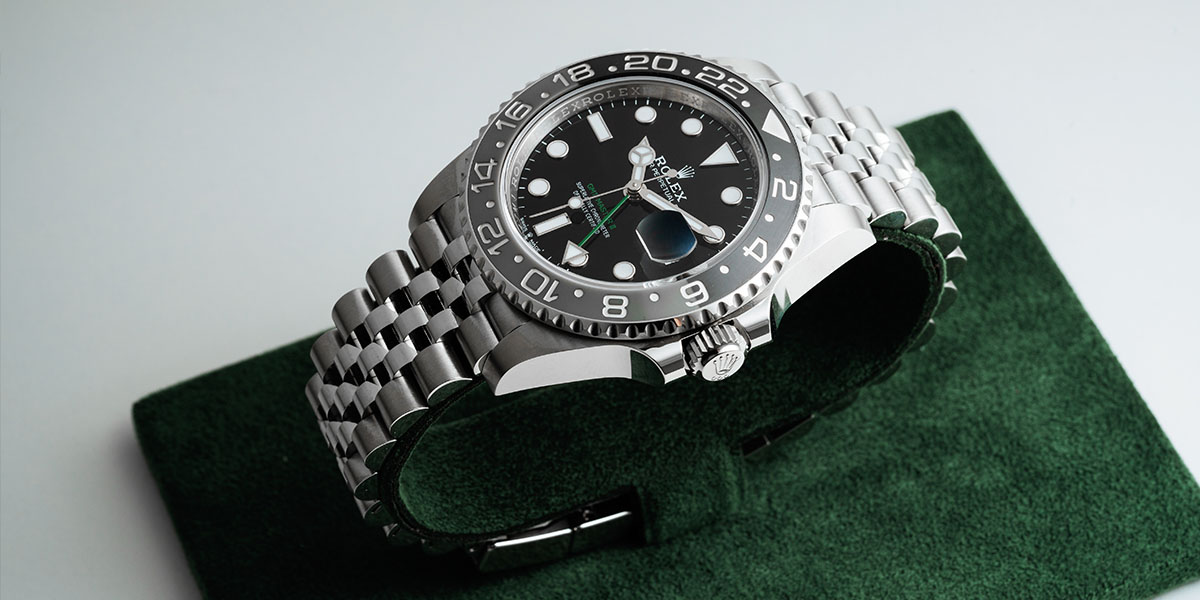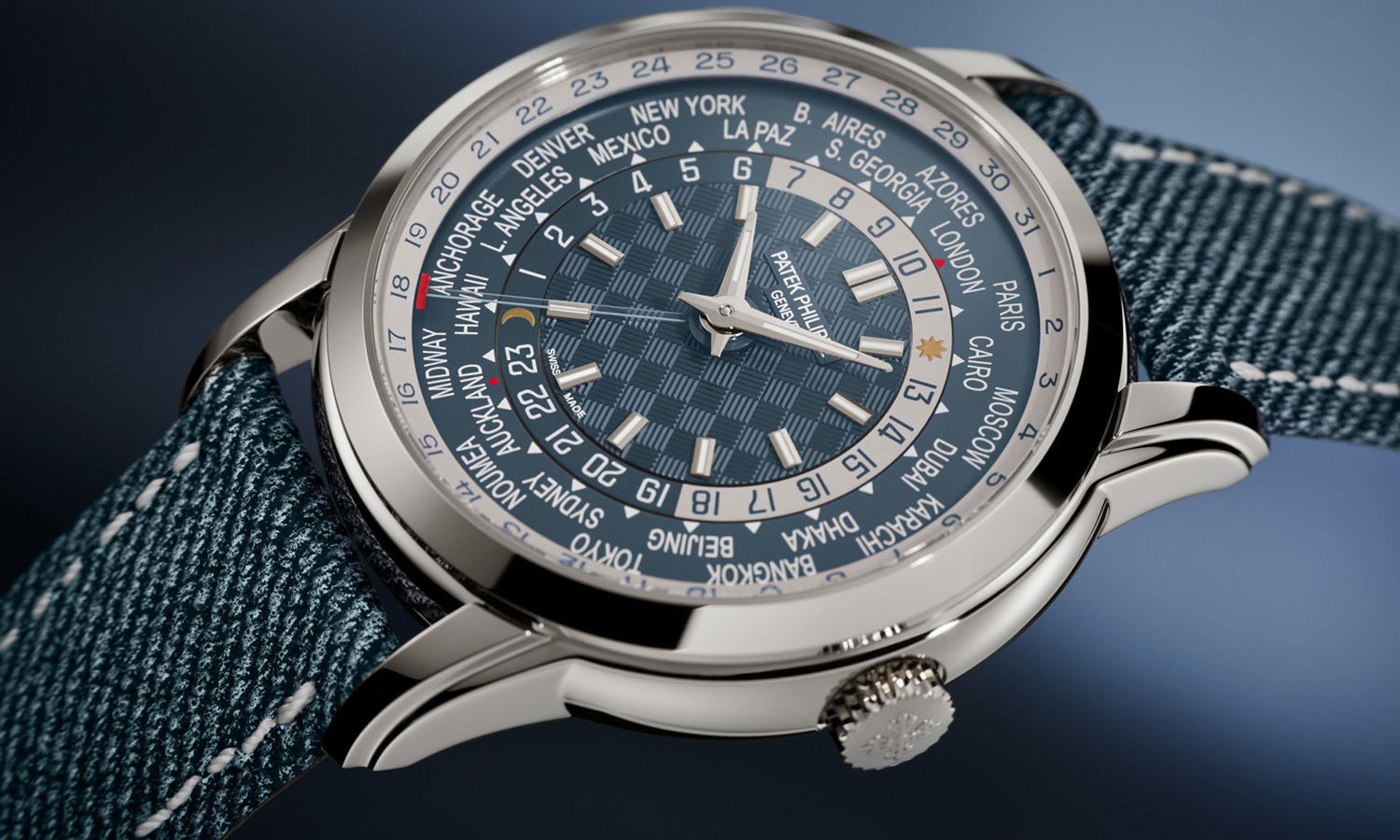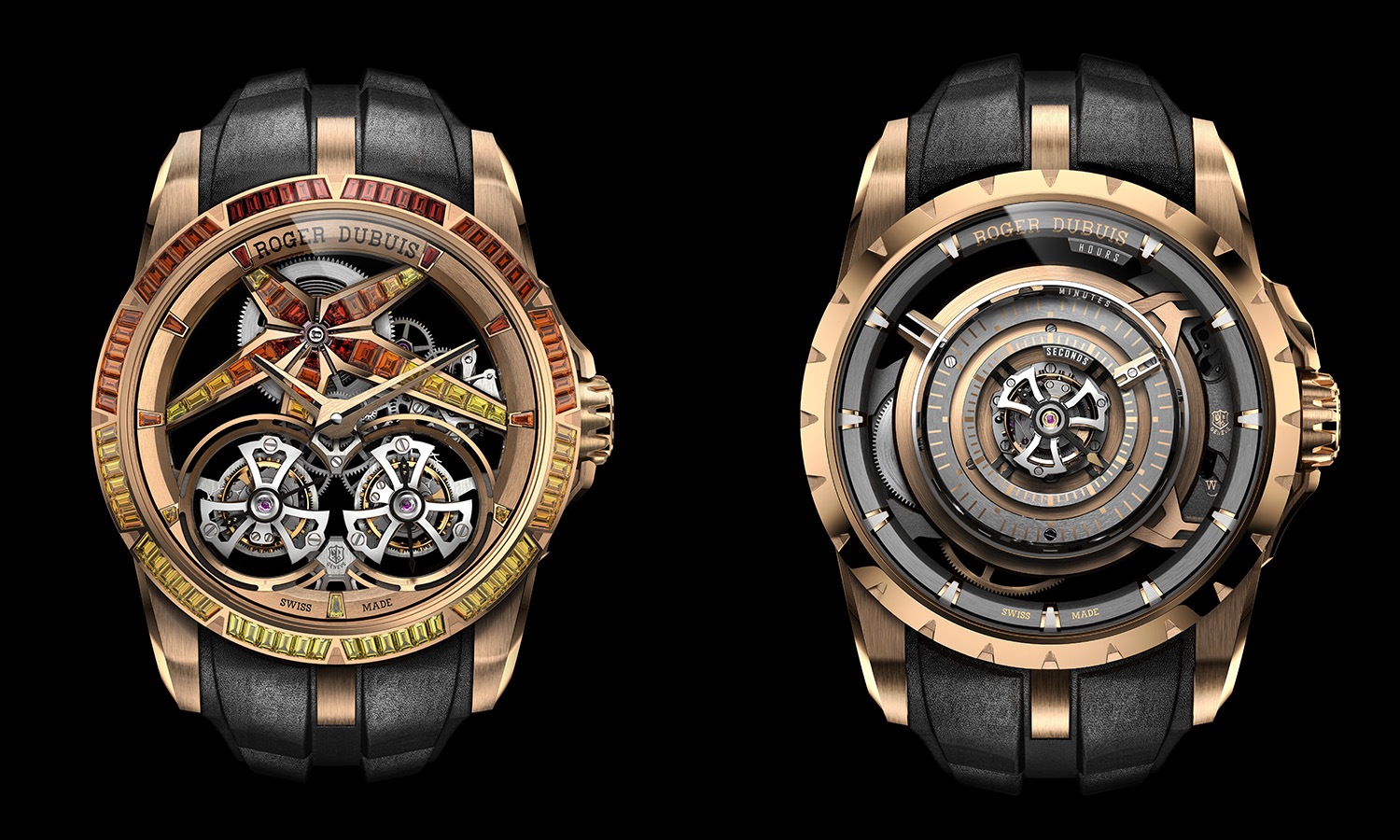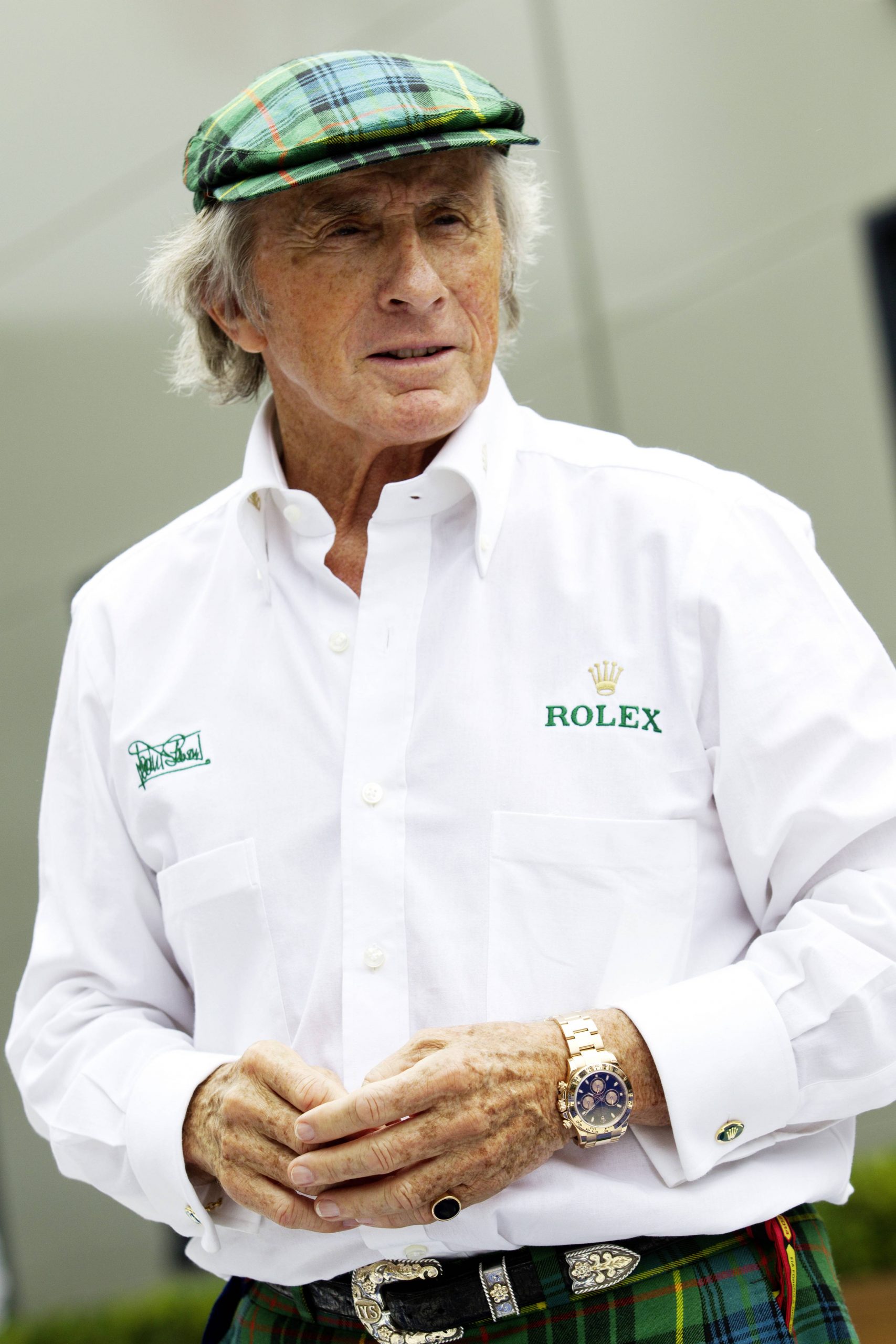
One-On-One: An Exceptional Interview With Rolex Ambassador Sir Jackie Stewart

With a long-standing history in motorsports that dates back to the 1930s, there is little doubt that Rolex knows a thing or two when it comes to pairing an unbridled passion for performance with the highest quality of event. From the 24 Hours of Le Mans to Pebble Beach Concours d’Elegance to Goodwood Revival, one would be hard pressed to miss the iconic crown logo in all its glory amidst the world’s leading motorsport events.
But it’s Rolex’s relationship as the long-term partner of Formula 1, forged in 2013, that promises to take the Swiss watch behemoth well into the 21st century. As the official timepiece of the world’s most prestigious motor racing competition and most popular annual series, the name Rolex was, in 2014, reached a global audience of 425 million spectators in 200 territories. From March to November, the 20 races now span 20 countries across five continents.
Haute Time joined Rolex brand ambassador and three-time FIA Formula One Drivers’ World champion (1969, 1971 and 1973) Sir Jackie Stewart, one of the most emblematic figures of contemporary motor racing, for a pit lane chat.

Stewart, who joined the Rolex family alongside golf legend Arnold Palmer and Olympic skiing phenom Jean-Claud Killy, was named a brand ambassador in 1969—three years after rewarding himself with a gold Day-Date. A Rolex has since been on his wrist for the last 49 years.
Haute Time: What do you think is the appeal of Formula 1 for a brand like Rolex?
Sir Jackie Stewart: Formula 1 has style, it’s got to have reliability and sustainability over a very long time in order to be the premier form of motorsport in the world. Rolex, when Mr. [Hans] Wilsdorf founded the company, quickly built an identity of quality parallel to Formula 1; sustainability, which Formula 1 has…and which has only gotten better over the decades. And for every decade that Formula 1 has gotten better, the great champions are still respected as past champions…men like Juan Manuel Fangio, Stirling Moss, Ayrton Senna, myself perhaps [laughing] and so forth. So there’s always been a history of excellence not only in the human element but also in the technical level.
HT: How do the two iconic brands complement each other?
JS: So where Rolex has now dived deeper into the sea or whether it be another form of endeavor, Formula 1 remains a very good alignment: totally global and classless, but socially acceptable. That’s highly unusual in today’s world because many sports are classless but not socially acceptable. What’s also of note is that Formula 1 protocol is top notch: the quality of the people, the quality of the surroundings, even the silverware served in the paddock lounges…everything is consistent and on par with excellence—like Rolex. The marriage between the two brands has been very good and I am fortunate to have played a part in bringing the two together. I bought my first Rolex in 1966 after qualifying well at Indy 500. It was always my dream to buy a Rolex, so for me, it’s the ideal partner. Rolex is a long-term company that’s got dignity, style and kept up with every sphere of modern change while remaining a classic.
HT: How does Formula 1 Grand Prix in Austin stack up compared to the other courses around the world?
JS: Austin’s adapted very well to Formula 1; in return, Formula 1 has done a lot for Austin and the United States. For Rolex, which has been involved with many well-established races, including 24 Hours at Daytona, 24 Hours of Le Mans and Monterey Classic Car Week, Formula 1 is relatively new, but it is a global event—unlike most sports in America, which are fairly domestic. Formula 1, however, is global in every sense: all over the world, people drives cars. Whether you’re in a Fiat, Ford or Ferrari, people are still interested in the same thing. In America, it’s not a majority sport, but at the same time, the F1 race in Austin, Texas will have more exposure on a global basis than the city could ever expect. It’s the biggest television sport in the world. You could argue the Olympics, but that’s only every four years. Formula 1 is biggest because it’s everywhere.
HT: You purchased your first Rolex, a yellow-gold Day-Date, in May of 1966 in Houston, Texas just after you won the Indy 500. Now you’re back in Texas, in Austin, on the cusp of the 50th anniversary of that purchase. Taking a moment to reflect on that, how does it feel?
JS: It feels fantastic. For me to have a Rolex watch, it was always a dream. And to buy your first Rolex watch as an 18-karat gold Day-Date with President bracelet you couldn’t go any bigger than that. It was just a big momentous day in my life. Back then, I obviously had no association with Rolex; it was always just a dream for me one day to really make it—and to make it meant you owned and wore a Rolex. For me, it was my biggest possession.
HT: Of the nearly two dozen or so Rolexes you own (many of which you have rightfully won, some of which are in your wife’s wardrobe), which is your favorite and most memorable and why?
JS: At the moment I think I’ve got around 14. I think the classic Day-Date 18-karat gold with president bracelet, the Daytona and the GMT Master, which I wear around the house as my daily watch, are my favorites. When I got my Rolex, the advert of that time was a photographer of the United Nations and the line was, “If you were speaking here today, you’d be wearing a Rolex.” For me that meant you were a senior decision maker, senior politician, someone important.
HT: Can you share a humorous/most memorable Rolex anecdote from your iconic racing career?
JS: A gentleman once stole a gold Rolex GMT Master in 1996 from my hotel. I was lying by the swimming pool and had fallen asleep, my watch beside my book. When I woke up, the watch was gone. I happened to know the chief of police in Malaysia and phoned him that it must have been someone in the hotel. The police was able to trace the man’s whereabouts and it turns out he had gone to the airport and gotten on a flight to Hong Kong. Little did he know that the police had connected with Interpol, which met the man at the gate when he got off the phone. Naturally, I got my watch back.
Photo Credit: Rolex. For more information, please visit the official Rolex website. Follow Haute Time on Instagram to catch all of the new releases as they happen.
 SIGN UP
SIGN UP


